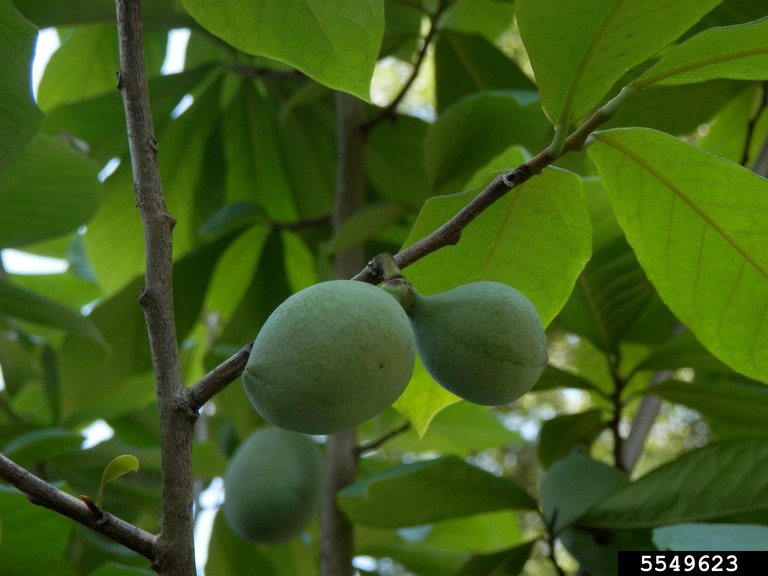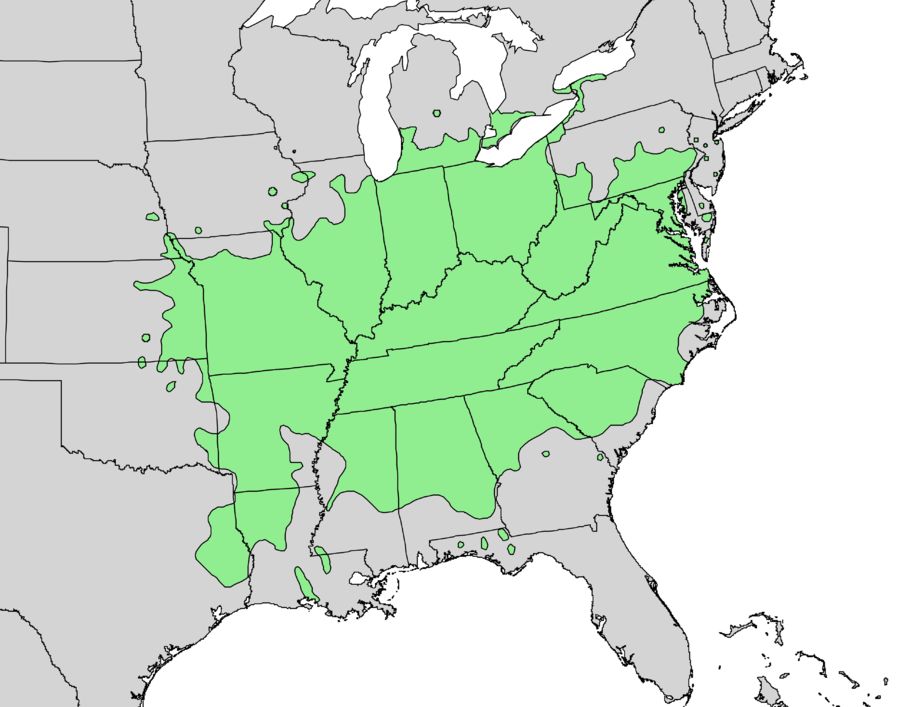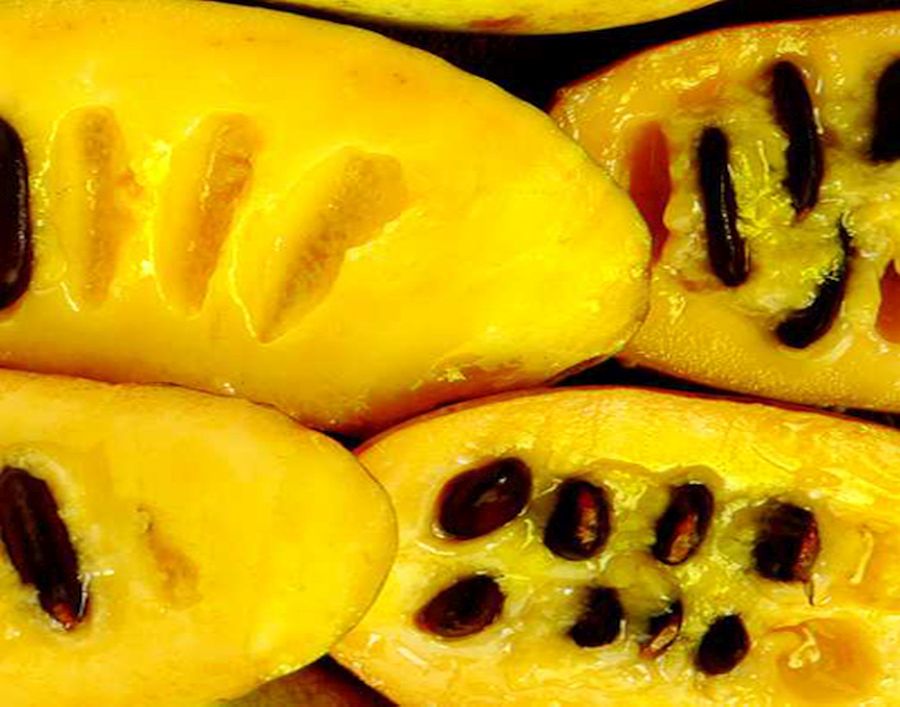
Have you ever eaten North America’s largest native fruit? Chances are you haven’t. In fact, most people don’t know what it is.
The pawpaw (Asimina triloba) grows on small mid-story trees from southern Pennsylvania to Alabama to eastern Kansas.

The fruit is sweet like mango with a creamy texture like ripe banana. Despite its sweet addictive flavor, pawpaws aren’t in widespread commercial production because the fruit is so ephemeral. Some would say it’s finicky.
- Pawpaws ripen only once a year — in September.
- They ripen only on the tree. They can’t be picked in advance.
- The fruit bruises so easily it has to be shipped in expensive padded packaging.

In the old days, people would gather fallen pawpaws as they walked in the woods in September. This practice eventually disappeared and most people forgot about the fruit until a dedicated group of pawpaw enthusiasts and Andrew Moore’s 2015 book, Pawpaw, made it better known.
Want to taste a pawpaw? The best place to do it is at a pawpaw festival. Eat them raw or in ice cream, pies, popsicles, and even beer!
There are three pawpaw festivals within driving distance of Pittsburgh.
- The 20th Annual Ohio Pawpaw Festival in Albany, Ohio, September 14-16, 2018. Three days! The biggest pawpaw bash you’ll ever see!
- Pawpaw Fest at Horn Farm Center in Hallam, York County, Pennsylvania, September 22-23, 2018.
- An afternoon Paw Paw Festival at Long Creek Homestead, Frederick, MD, September 22, 2018 12-5 p.m
Before you go, this 2014 video from Connecticut shows what pawpaws look like and how to eat them.
p.s. Don’t eat the seeds. They are emetic.
(photo credits: pawpaws on tree by Rebekah D. Wallace, University of Georgia, Bugwood.org. Range map and sliced fruit from Wikimedia Commons. Click on the captions to see the originals)
Pgh City Paper did a nice article on the pawpaw & the book in 2015.
https://www.pghcitypaper.com/pittsburgh/local-author-andy-moore-writes-the-first-book-about-the-fruit-called-the-pawpaw/Content?oid=1846609
And they are the source of food of the zebra swallowtail caterpillar.
Thanks Kate, I learned something new today. I had never heard of this plant or fruit!
The seeds of pawpaws (also papaw) were ground up into a powder and used as de-lousing agent by Native Americans. I have three in my yard. The dropped fruits are relished by wildlife: foxes, bears, opossums, raccoons, etc. Some people love them, others don’t like them. If you ever eat them green you will be sorry. Anyway it is a fascinating plant, really nice yard tree, I started mine from small seedlings and they grew to about 20 ft. tall in 6 years. They start out as small seedlings in shady areas, they need protection from uv rays but then as they get larger they branch out into sunny areas and will fruit better in sun. Pollination is tricky: done by flies and beetles, not bees. One trick is to hang rotting meat on strings in the trees at the time of flowering and increase the odds of pollination.
Would you be willing to sell some of the fruit from your trees? I can’t find them anywhere.